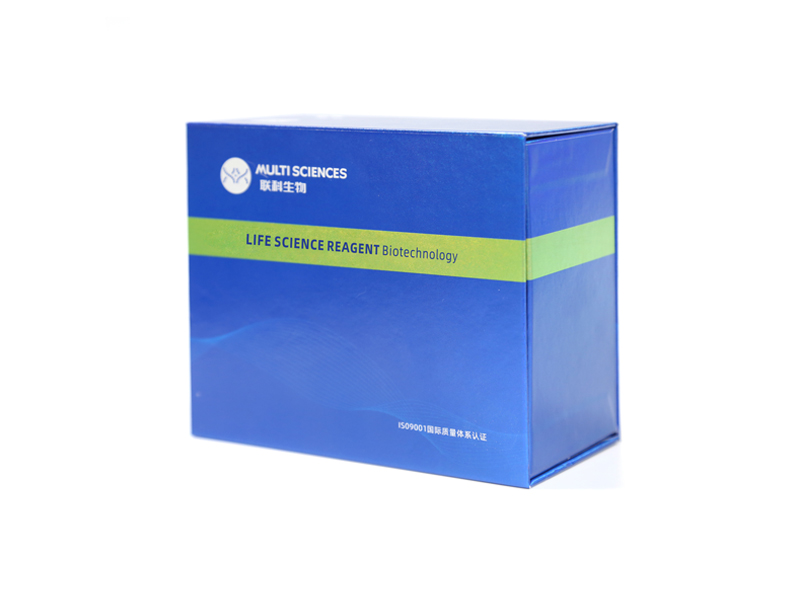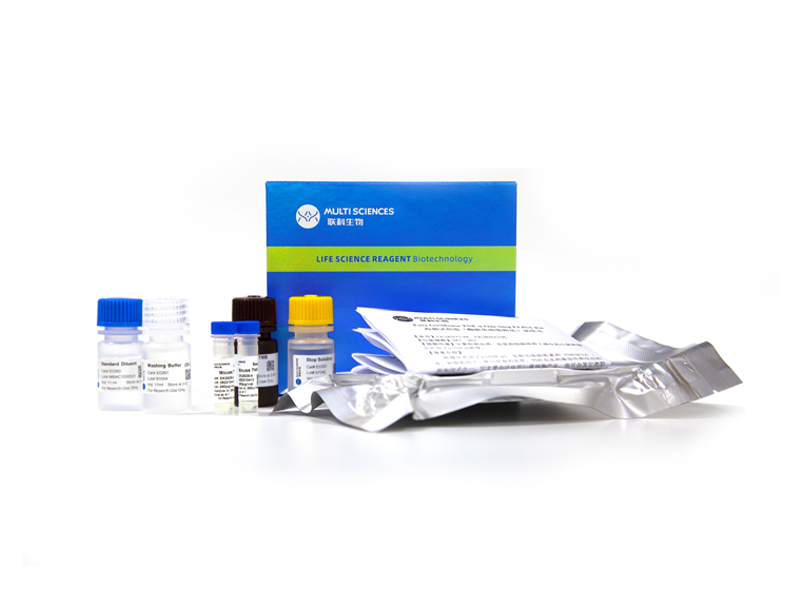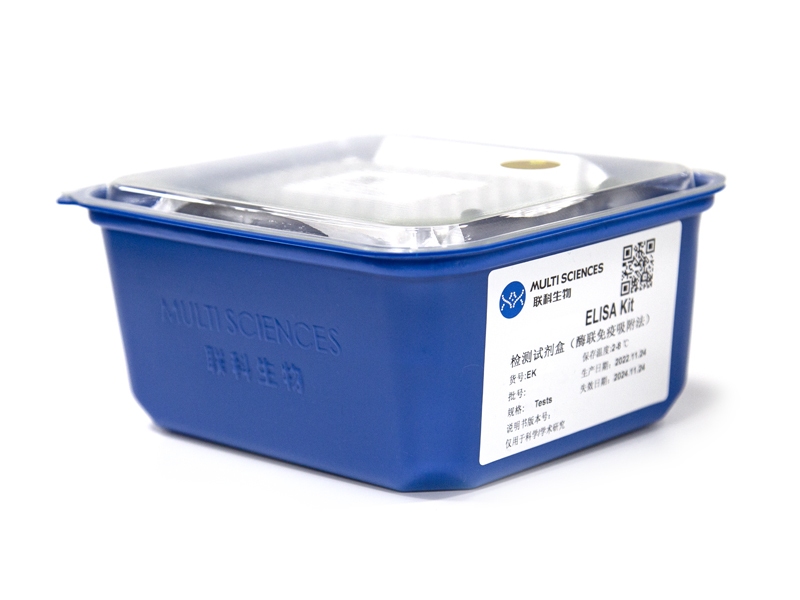Ethnopharmacological relevance Xiaoer Niuhuang Qingxin Powder (XNQP) is a classic traditional Chinese medicine formula with significant clinical efficacy for treating febrile convulsions and influenza. Aim of the study This study aims to explore the potential mechanisms of XNQP in combating combating the influenza A virus, providing a theoretical basis for its clinical application. Materials and methods The present investigation employed network pharmacology and bioinformatics analysis to determine the TLR4/MyD88/NF-κB signaling pathway as a viable target for XNQP intervention in IAV infection.Subsequently, a mouse model of influenza A virus infection was established, and different doses of XNQP were used for intervention. The protein expression levels of TLR4/MyD88/NF-κB were detected using HE staining, Elisa, immunohistochemistry, immunofluorescence, and western blot. Results The results showed that treatment with XNQP after IAV infection reduced the mortality and prolonged the survival time of infected mice. It reduced the release of TNF-α and IFN-γ in the serum and alleviated pathological damage in the lung tissue following infection. Additionally, the levels of TLR4, MyD88, NF-κB, and p–NF–κB P65 proteins were significantly reduced in lung tissue by XNQP. The inhibitory effect of XNQP on the expression of MyD88 and NF-κB was antagonized when TLR4 signaling was overexpressed. Consequently, the expression levels of MyD88, NF-κB, and p–NF–κB P65 were increased in lung tissue. Conversely, the expression levels of the proteins MyD88, NF-κB, and p–NF–κB P65 were downregulated when TLR4 signaling was inhibited. Conclusions XNQP alleviated lung pathological changes, reduced serum levels of inflammatory factors, reduced mortality, and prolonged survival time in mice by inhibiting the overexpression of the TLR4/MyD88/NF-κB signaling pathway in lung tissues after IAV infection.
文章引用产品列表
-
- EK282EG
- 一步法ELISA试剂盒
EasyGo!™ Mouse TNF-α One-Step ELISA Kit 检测试剂盒(酶联免疫吸附法)
- ¥2,190.00 – ¥3,650.00
-
- EK282
- ELISA试剂盒
Mouse TNF-a ELISA Kit检测试剂盒(酶联免疫吸附法)
- ¥1,600.00 – ¥10,800.00
-
- EK280HS
- 高敏试剂盒
Mouse IFN-γ High Sensitivity ELISA Kit检测试剂盒(酶联免疫吸附法)
- ¥2,000.00 – ¥3,400.00
-
- EK282HS
- 高敏试剂盒
Mouse TNF-α High Sensitivity ELISA Kit检测试剂盒(酶联免疫吸附法)
- ¥2,000.00 – ¥3,400.00
-
- EK280
- ELISA试剂盒
Mouse IFN-gamma ELISA Kit检测试剂盒(酶联免疫吸附法)
- ¥1,600.00 – ¥10,800.00





